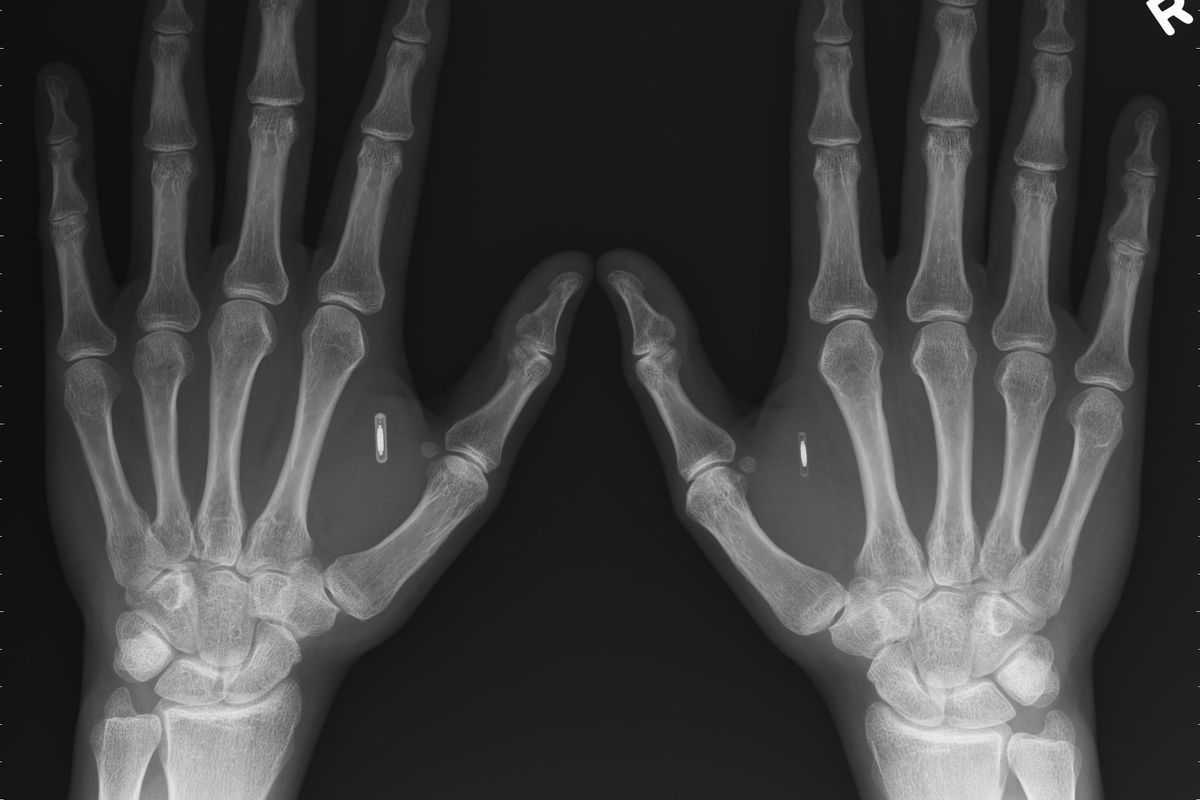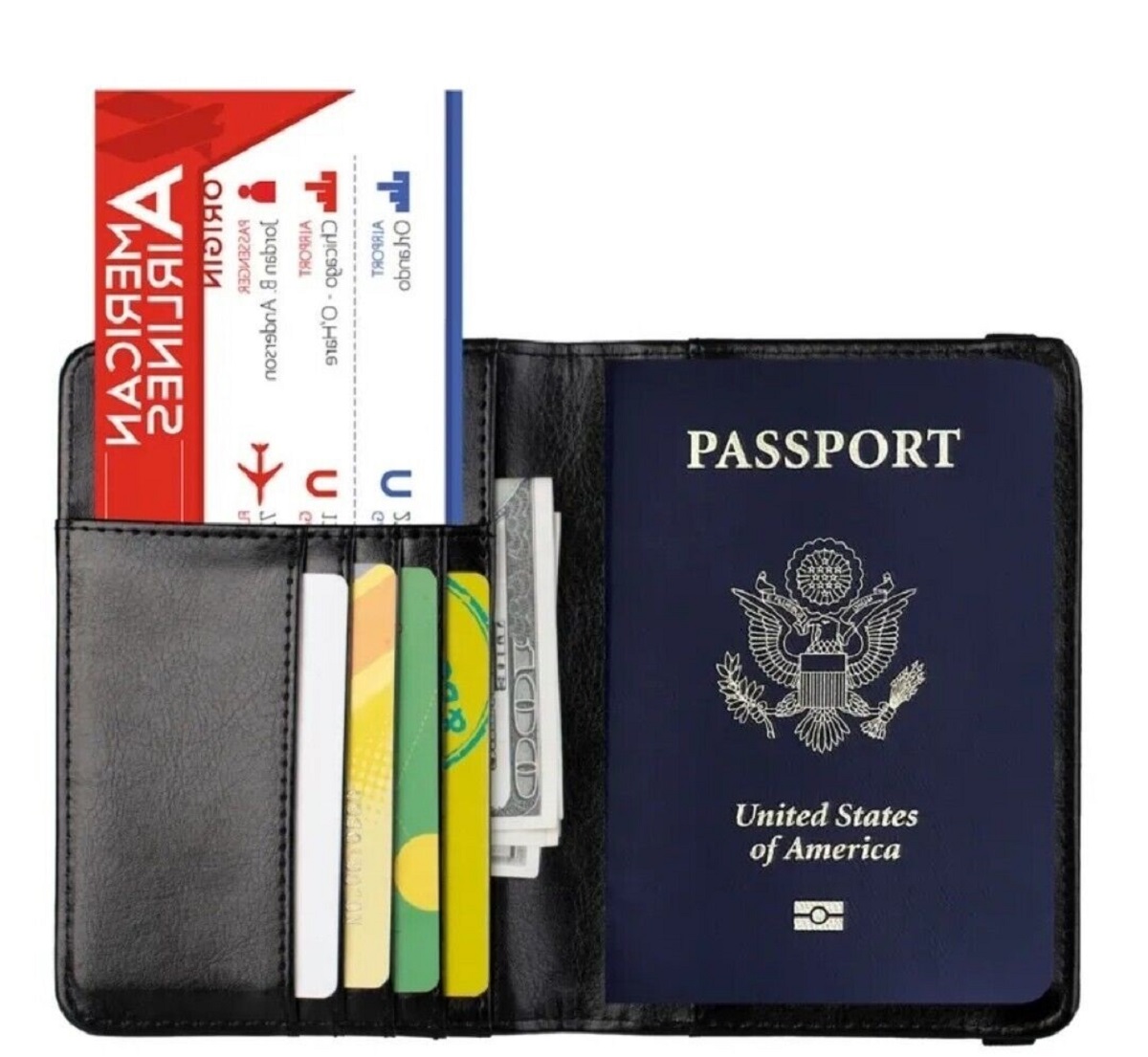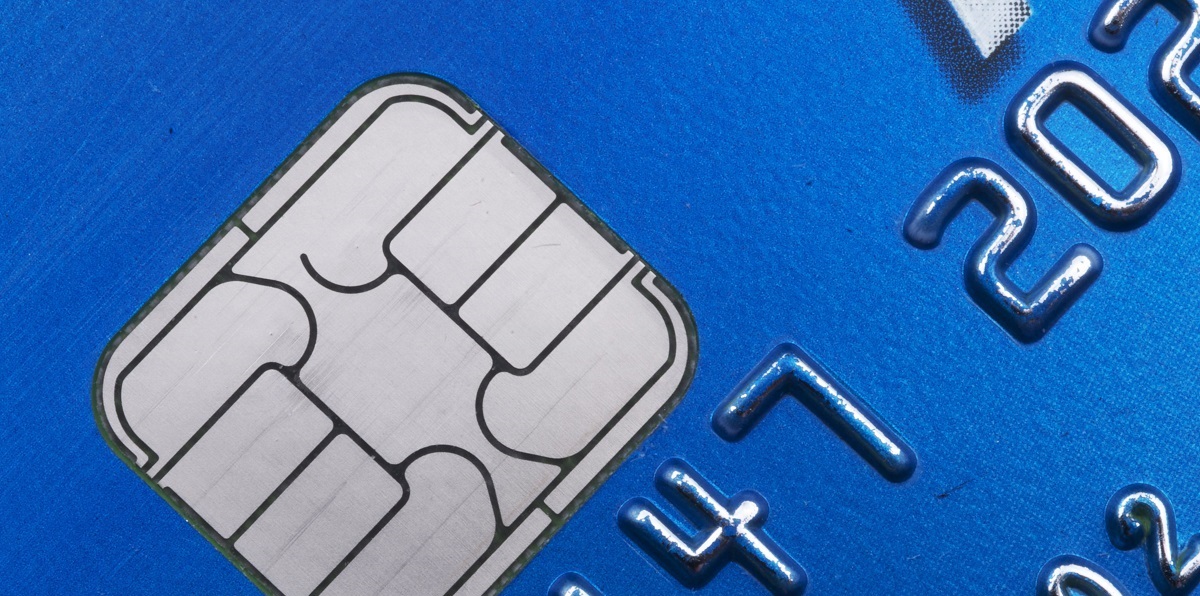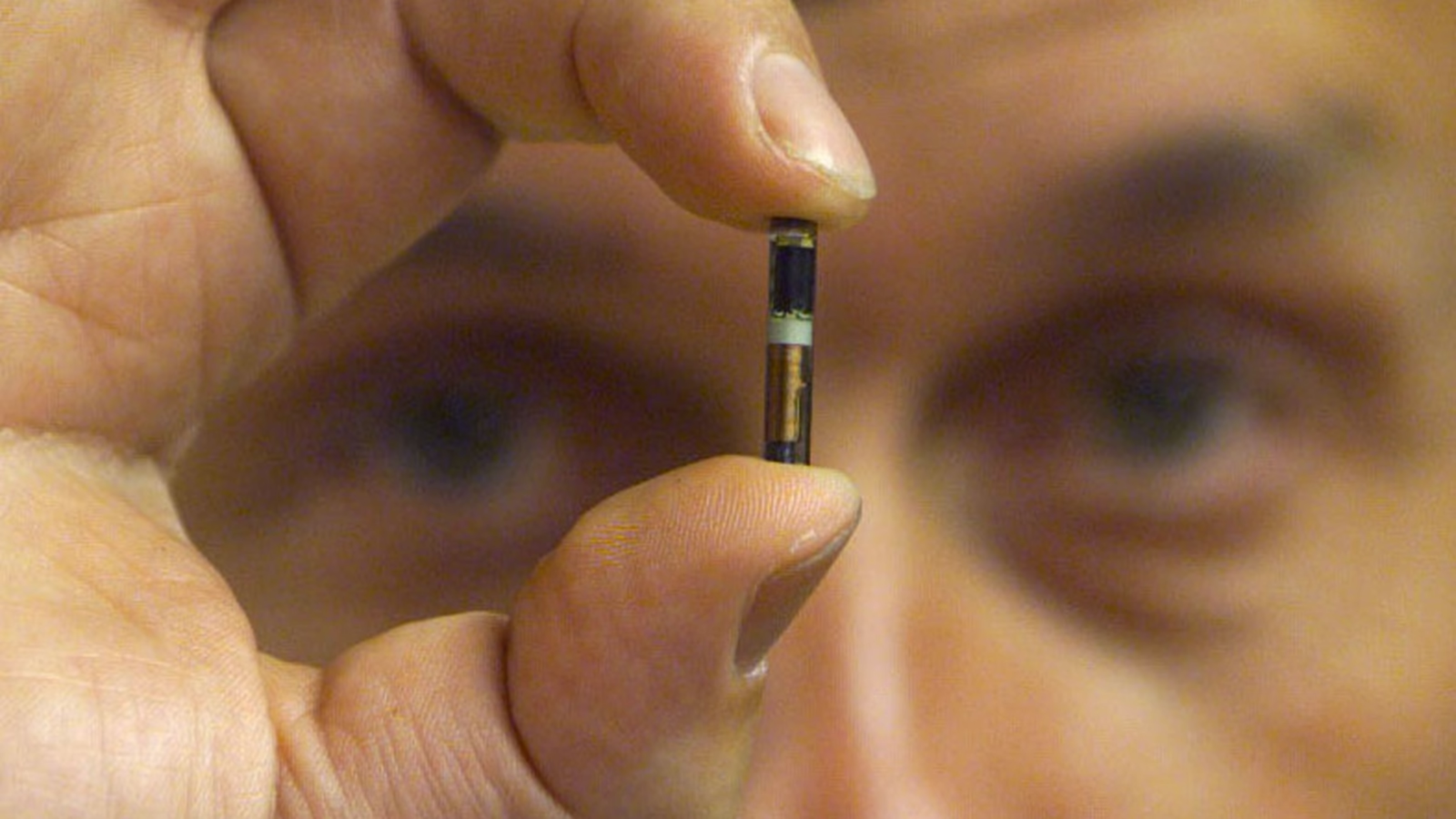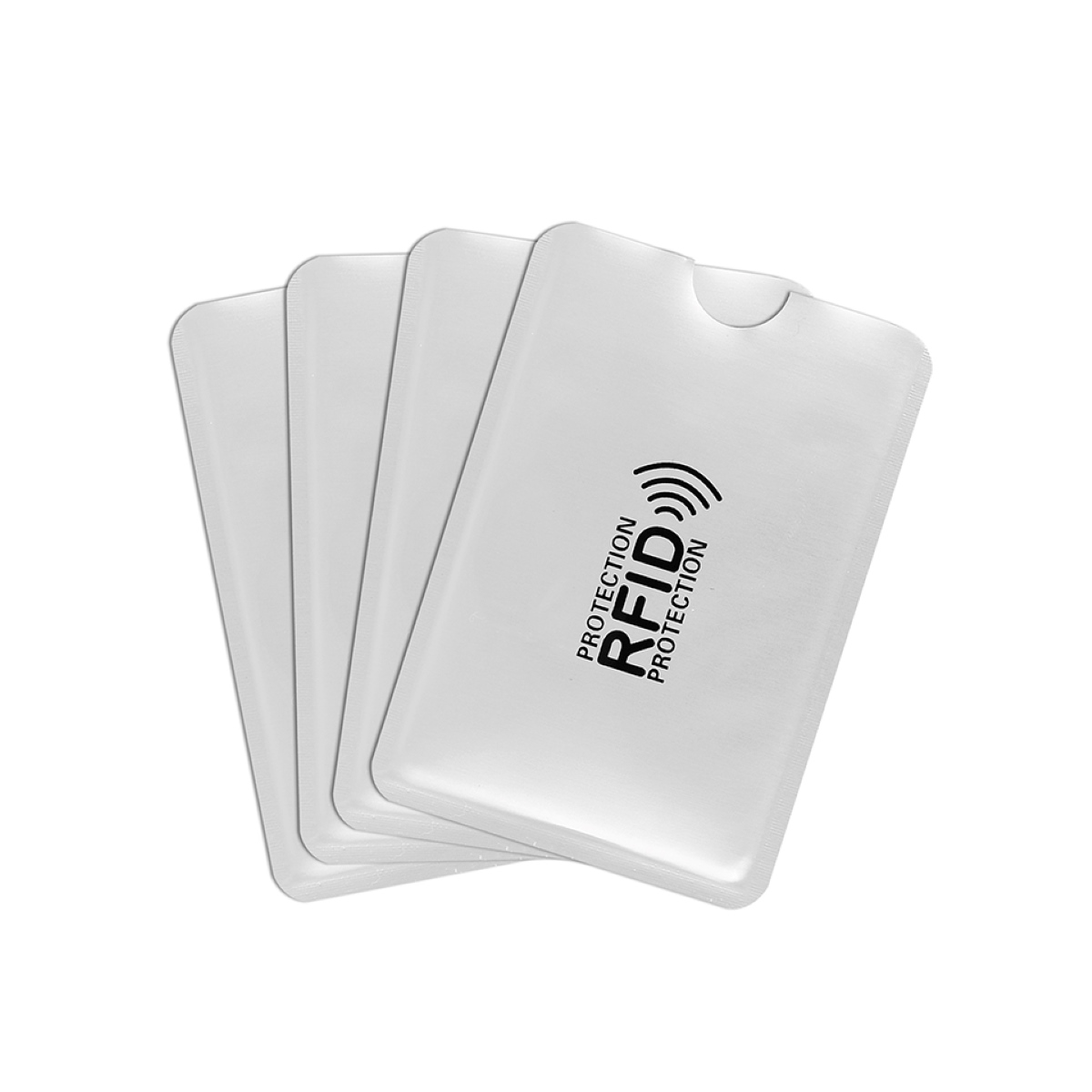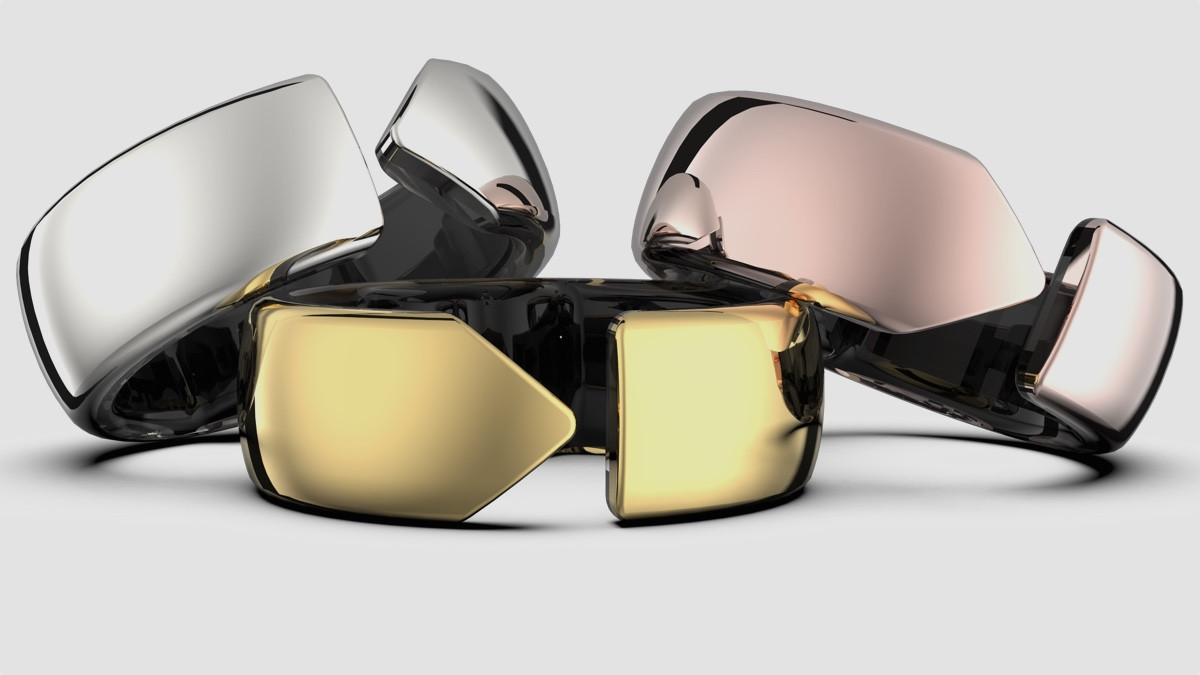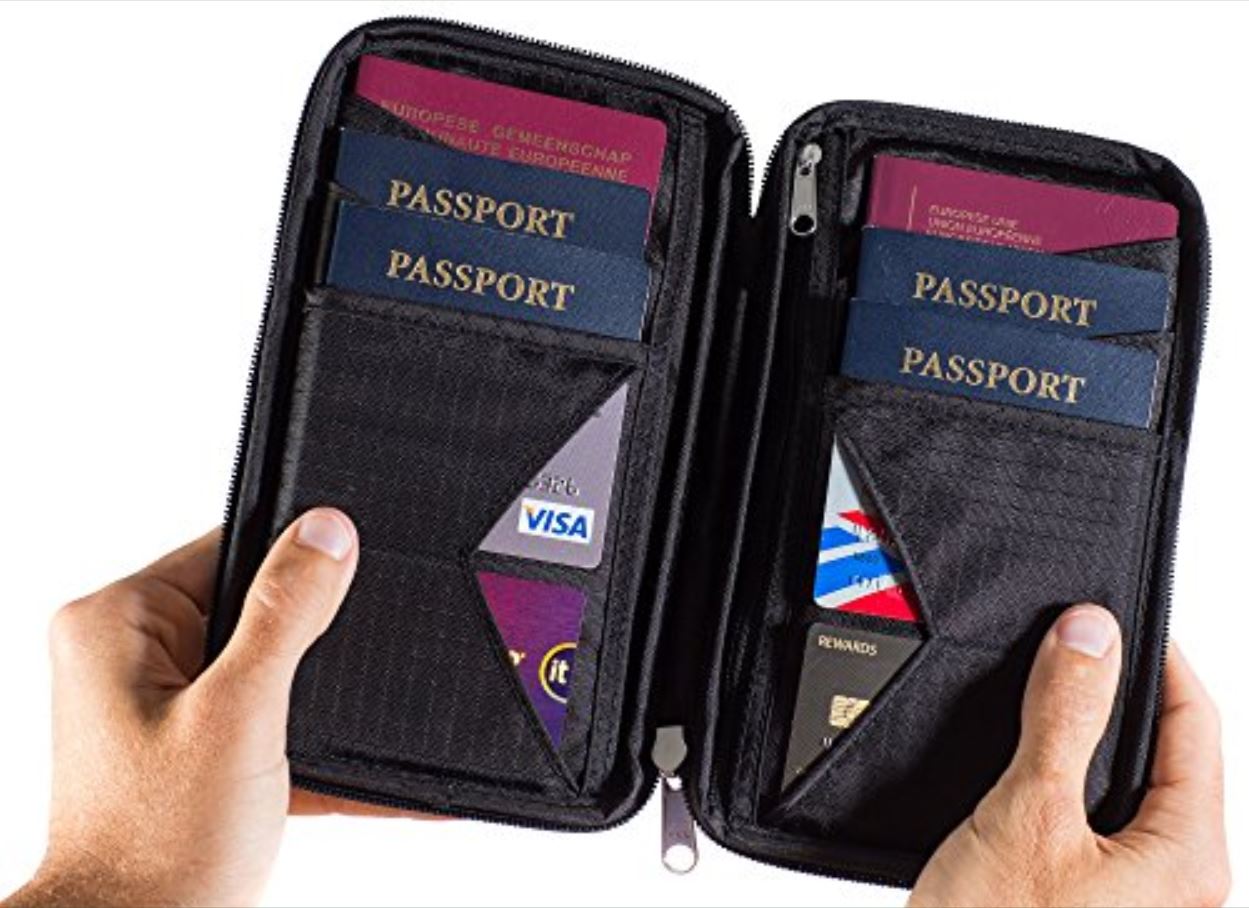Introduction
RFID, which stands for Radio Frequency Identification, is a technology that uses electromagnetic fields to identify and track objects. RFID chips, also known as tags, are small devices that contain a microchip and an antenna. These chips are widely used in various industries for inventory management, access control systems, and even in personal identification.
With the increasing prevalence of RFID technology, concerns about personal privacy and security have sparked debates. Many individuals fear that they may unknowingly have RFID chips implanted in their bodies, raising questions about how to determine if they are a victim of unauthorized implantation.
In this article, we will delve into the topic of RFID chip implants and how to identify their presence. We will explore the process of implantation, signs and symptoms that may indicate an implanted chip, and methods for detecting and confirming RFID chip implants. Whether you are curious about the topic or genuinely concerned, this article will provide you with valuable insights and guidance.
It is important to note that this article only intends to provide information and options for self-assessment. It is not meant to substitute professional medical advice or diagnosis. If you suspect the presence of an RFID chip or experience any concerning symptoms, we highly recommend consulting with a healthcare professional or security specialist.
What is RFID?
RFID, short for Radio Frequency Identification, is a technology that allows for wireless identification and tracking of objects using radio waves. It consists of three primary components: a tag, a reader, and a backend system.
The RFID tag, also known as an RFID chip or transponder, is a small electronic device that contains a unique identifier and other information. It typically consists of a microchip and an antenna, which enable it to communicate with RFID readers.
The RFID reader, also called an interrogator, is a device that emits radio waves and receives signals from RFID tags within its range. When a tag passes near the reader, the reader’s radio waves activate the tag, allowing it to transmit its data back to the reader.
The backend system, which can be a computer, a database, or a network, processes and stores the data received from the RFID readers. This system enables organizations to track and manage large volumes of tagged items efficiently.
RFID technology offers several advantages over traditional barcode systems. Unlike barcodes, which require a direct line of sight and manual scanning, RFID tags can be read from a distance and in bulk, allowing for faster and more convenient data capture. Additionally, RFID tags can store more information than barcodes and can be read even if they are not in the line of sight.
RFID has numerous applications across various industries. In supply chain and logistics, RFID is used to track and manage inventory, streamline shipping processes, and prevent theft or counterfeiting. In access control systems, RFID cards or badges are used to grant entry or control access to restricted areas. In retail, RFID is utilized for inventory management, reducing out-of-stock situations, and enhancing customer experiences through seamless checkouts. These are just a few examples of how RFID technology is revolutionizing different sectors.
As RFID technology continues to advance, it is essential to understand its capabilities and potential implications. While there are undoubtedly many benefits to the widespread adoption of RFID, it is crucial to balance convenience and efficiency with privacy and security concerns.
How RFID Chips Are Implanted
The process of implanting RFID chips into living organisms, including humans and animals, is known as RFID tagging. While the concept may sound invasive or alarming, the implantation procedure itself is relatively straightforward and does not typically require surgery.
There are two common methods used to implant RFID chips:
- Subcutaneous Injection: In this method, the RFID chip is inserted just below the surface of the skin using a needle or syringe. The injection is typically performed in the upper arm, between the shoulder and elbow, or in the hand. Prior to the injection, the area is cleaned and disinfected. The chip is inserted through a small incision made by the needle, and the procedure is relatively quick and painless.
- Surgical Implantation: In rare cases where a more permanent or specialized placement is required, surgical implantation may be performed. This method involves making a small incision to create a pocket or cavity in the body, such as the hand or forearm, where the RFID chip is then placed. The incision is closed with sutures or adhesive, and proper care is taken to ensure hygiene and minimize the risk of infection.
The size of RFID chips can vary, but they are typically small and have dimensions similar to a grain of rice or smaller. This miniature size allows for a relatively inconspicuous implantation and reduces discomfort for the individual.
It is worth noting that the implantation of RFID chips in humans is primarily performed for specific purposes, such as medical procedures, research studies, or access control systems. In most cases, individuals do not have RFID chips implanted without their knowledge or consent.
While the concept of RFID chip implantation may raise concerns about privacy and security, it is crucial to be aware of the uses and limitations of this technology. Understanding the implantation process can help individuals make informed decisions and take appropriate measures if they suspect the presence of an unauthorized RFID chip.
Signs and Symptoms of Having a RFID Chip
Determining whether you have an RFID chip implanted in your body can be a challenging task, as these chips are typically designed to be discreet and operate silently. However, there are certain signs and symptoms that may indicate the presence of an RFID chip. Keep in mind that these signs and symptoms can also be associated with other medical conditions, so it is important to consider them in conjunction with other factors.
1. Unexplained Skin Irritation or Discomfort: If you experience persistent itching, redness, or swelling around a specific area of your body, it could indicate the presence of an RFID chip. This discomfort may be localized, or it could extend beyond the immediate vicinity of the chip.
2. Unusual Metallic Sensation: Some individuals have reported a faint or intermittent metallic sensation near the site of a potential RFID chip implant. This sensation can manifest as a tingling, buzzing, or vibrating feeling.
3. Mysterious Scars or Marks: If you notice unexplained small scars, puncture marks, or unusual indentations on your skin, particularly in areas where RFID chips are commonly implanted, such as the upper arm or hand, it may be a sign of a chip implant.
4. Abnormal Radio Frequency Interference: RFID chips emit radio frequency signals, and in certain circumstances, these signals may interfere with electronic devices. If you experience unexplained disruptions, malfunctions, or strange interference patterns with your electronic devices, it could suggest the presence of an RFID chip.
5. Unusual Behavioral Changes: While this is a less common occurrence, some individuals have reported unexplained changes in their behavior, mood, or cognitive function after suspected RFID chip implantation. However, it is essential to consider other factors that could be causing these changes, such as stress or underlying medical conditions.
It is important to note that these signs and symptoms are not definitive proof of an RFID chip implant. Other conditions, such as allergic reactions, insect bites, or medical procedures like vaccinations, can also cause similar symptoms. If you experience any concerning signs or symptoms, consulting with a healthcare professional or security specialist is strongly advised for a thorough evaluation and proper diagnosis.
In the next sections, we will explore various methods, both do-it-yourself and professional, to detect and confirm the presence of RFID chips, providing further insights and guidance for those seeking clarification and peace of mind.
How to Detect a RFID Chip
Detecting the presence of an RFID chip in your body can be challenging due to their small size and discreet nature. However, there are several methods you can employ to help determine if you have an RFID chip implanted.
1. Physical Examination: Start by performing a thorough physical examination of your body, paying close attention to common implantation sites such as the upper arm, hand, or forearm. Look for any visible signs of a chip, such as small marks, scars, or raised areas under the skin.
2. Metal Detector: A handheld metal detector can be used to scan your body for the presence of metallic objects. Move the detector slowly over your skin, focusing on areas where RFID chips are commonly implanted. An RFID chip contains metals that can trigger the detector, alerting you to its presence.
3. RFID Reader: An RFID reader is a device specifically designed to communicate with RFID chips. Although it may not be readily accessible to everyone, obtaining an RFID reader can be an effective method for detecting an implanted chip. Hold the reader near your body, moving it around the potential implantation areas. If it detects a chip, it will display the chip’s unique identification number or emit a sound or visual signal.
4. Smartphone Apps: There are smartphone apps available that claim to detect RFID chips using the device’s NFC (Near Field Communication) capabilities. These apps require your phone to have NFC functionality and may have varying levels of accuracy. However, it is important to note that the effectiveness of these apps can vary, and it is recommended to use them as a supplemental detection method rather than solely relying on them.
5. Seek Professional Assistance: If you suspect the presence of an RFID chip but are unable to detect it yourself, seeking professional assistance is an appropriate course of action. Consult with a healthcare professional or a security specialist who has experience in RFID chip detection. They can perform a more thorough evaluation using specialized equipment and provide expert guidance based on their findings.
It is important to approach the detection process with caution, understanding that the aforementioned methods may not always provide definitive results. False positives or false negatives can occur, and other factors, such as medical conditions or electronic interference, may contribute to similar sensations or symptoms.
By combining different detection methods and seeking professional assistance when needed, you can increase your chances of identifying the presence of an RFID chip and gaining a clearer understanding of your situation.
DIY (Do It Yourself) Methods to Check for RFID Implants
If you suspect that you have an RFID implant and want to investigate further, there are a few DIY methods you can try to check for the presence of RFID chips. Although these methods may not provide definitive results, they can offer some insights and peace of mind.
1. Use an RFID Scanner: RFID scanners, also known as card readers, can be used to detect nearby RFID chips. Obtain an RFID scanner and place it close to the potential implantation site on your body. If there is an RFID chip present, the scanner will pick up its signal and display the unique identification number associated with the chip.
2. Perform an Eddy Current Test: Eddy current testing can help identify the presence of metallic objects beneath the skin. It involves using a strong magnetic field generator, such as a rare-earth magnet, and moving it in a sweeping motion over the area suspected of containing an RFID chip. If there is a chip present, it may create slight magnetic disturbances or produce a transient electrical response, which can be detected by the eddy current test.
3. Consider X-rays or Imaging Techniques: While X-rays are not typically used for detecting RFID chips, they can be an option to consider if you are extremely concerned about the presence of an implant. Consult with a healthcare professional or radiologist to discuss the possibility of obtaining an X-ray or using other imaging techniques, such as ultrasound or MRI scans, to visualize any potential foreign objects.
4. Observe Electromagnetic Interference: RFID chips emit radio frequency signals, which can sometimes interfere with nearby electronic devices. Pay attention to instances where your electronic devices experience unexplained malfunctions, signal disruptions, or interference patterns when they are in close proximity to specific areas of your body. Although this method is not foolproof, it can provide some clues regarding the presence of an RFID implant.
It is important to note that these DIY methods might not detect RFID implants with a high degree of accuracy. False positives or negatives are possible, and the effectiveness of these methods can vary depending on the situation and the specific RFID chip technology used.
If you want a more conclusive evaluation or have serious concerns about the presence of an RFID implant, it is recommended to seek professional help. Healthcare professionals or security specialists with experience in detecting RFID chips can employ specialized equipment and techniques to provide a more accurate assessment.
Remember to approach the DIY methods with caution, and consider consulting with professionals to ensure a comprehensive and reliable evaluation of your situation.
Seeking Professional Help to Confirm RFID Chip Presence
If you suspect the presence of an RFID chip implant but are unable to confirm it through DIY methods, seeking professional assistance is advisable. Certain experts, such as healthcare professionals and security specialists, are trained in identifying and confirming the presence of RFID chips. Here are some important points to consider when seeking professional help:
1. Consult with a Healthcare Professional: While RFID chip detection may not fall under the expertise of all healthcare professionals, they can provide valuable guidance and support. Start by scheduling an appointment with a trusted physician or dermatologist and communicate your concerns. They can conduct a thorough physical examination, review your medical history, and order diagnostic tests, if necessary, to help identify any foreign objects, including RFID chips.
2. Seek Assistance from a Security Specialist: Security specialists or forensic experts who are knowledgeable about RFID technology can offer specialized guidance in chip detection. These professionals have access to advanced equipment and techniques specifically designed for locating and confirming RFID implants. They can perform comprehensive scans, such as radio frequency signal detection or thermal imaging, to identify any unusual objects embedded in the body.
3. Research Specialty Clinics: Look for specialty clinics or centers that focus on RFID chip detection or removal services. These facilities may have the expertise and equipment required to accurately identify and confirm the presence of an RFID chip. Be sure to verify the reputation and credentials of the clinic before making an appointment.
4. Consider Legal and Law Enforcement Assistance: If you suspect that an RFID chip implantation was done without your consent or in violation of privacy laws, you may want to consult with legal professionals or local law enforcement agencies. They can guide you through the process of reporting the incident, gathering evidence, and taking appropriate legal actions to protect your rights.
5. Maintain Privacy and Confidentiality: When seeking professional help, ensure that the healthcare provider or security specialist you consult with respects your privacy and maintains confidentiality. Discuss any concerns you have regarding the handling of your personal information or the potential consequences of confirming an RFID chip presence.
Remember, professional assistance can provide more accurate and comprehensive results when it comes to detecting and confirming the presence of RFID chip implants. Although there may be associated costs and limitations, consulting with experts in the field can provide reassurance and help you navigate any necessary next steps based on the findings.
Ultimately, your well-being and peace of mind are paramount, and seeking professional help can provide the clarity and support you need to address any concerns related to RFID chip implants.
Dealing with Confirmed RFID Chip Implants
Discovering that you have a confirmed RFID chip implant can be a distressing situation. However, it is essential to remain calm and take appropriate steps to address the issue. Here are some measures you can consider when dealing with confirmed RFID chip implants:
1. Seek Professional Removal: If you wish to have the RFID chip removed, consult with a healthcare professional or a specialized clinic experienced in RFID chip removal. They can perform a safe and proper extraction procedure, minimizing any potential risks or complications.
2. Document Evidence: Before opting for removal, it is advisable to document evidence of the implanted chip. Take detailed photographs, videos, or written records that clearly show the location and any relevant markings associated with the implant. This documentation can serve as crucial evidence if legal actions need to be pursued against unauthorized implantation.
3. Report the Incident: If you believe the RFID chip implantation was done without your consent or is a violation of your privacy rights, consider reporting the incident to the appropriate authorities. Contact local law enforcement agencies, provide them with the evidence you have gathered, and explain your concerns. They can assist with investigating the incident and pursuing legal actions if necessary.
4. Strengthen Personal Security Measures: Enhance your personal security measures to protect your privacy and prevent unauthorized chip implantations in the future. This might include using encrypted communication platforms, employing strong passwords, keeping personal identification documents secure, and being vigilant of your surroundings.
5. Seek Emotional Support: Dealing with the discovery of an RFID chip implant can be emotionally challenging. Reach out to friends, family, or support groups who can provide understanding, empathy, and guidance during this process. Professional counseling or therapy might also be beneficial in navigating the emotional impact of this experience.
6. Stay Informed: Stay updated on the latest developments in RFID technology, privacy laws, and security measures. Educate yourself about the risks, rights, and available safeguards that can help protect your privacy and personal information against potential threats.
Remember, dealing with confirmed RFID chip implants requires a multifaceted approach that may encompass medical, legal, emotional, and security aspects. Consulting with professionals in these respective fields can provide the necessary expertise and support to help you navigate through this situation effectively.
By taking proactive steps and seeking appropriate assistance, you can regain control over your privacy and take measures to prevent similar incidents in the future.
Conclusion
The topic of RFID chip implants raises important concerns about privacy, security, and personal autonomy. While the detection and confirmation of RFID chip implants may be challenging, there are various methods available, both DIY and professional, to help address these concerns.
Through physical examination, the use of specialized equipment such as RFID scanners or metal detectors, and seeking professional assistance, individuals can gain valuable insights and clarity regarding the presence of RFID chip implants. It is crucial to approach the detection process with caution, understanding the limitations and potential false results associated with different methods.
If an RFID chip presence is confirmed, individuals have options available to them, including seeking professional removal, documenting evidence, reporting the incident, strengthening personal security measures, and seeking emotional support. These measures can help individuals address the implantation issue, protect their privacy, and take appropriate legal actions if necessary.
It is important to note that the intent of this article is to provide information and guidance. If you suspect the presence of an RFID chip implant, it is highly recommended to consult with healthcare professionals, security specialists, or legal professionals who can provide accurate and tailored advice based on your specific situation.
As technology continues to progress, it is essential for individuals to stay informed, understand their rights, and take proactive steps to protect their privacy and personal information. By maintaining awareness and adopting appropriate security measures, individuals can navigate the complex landscape of RFID technology while safeguarding their privacy and personal autonomy.







